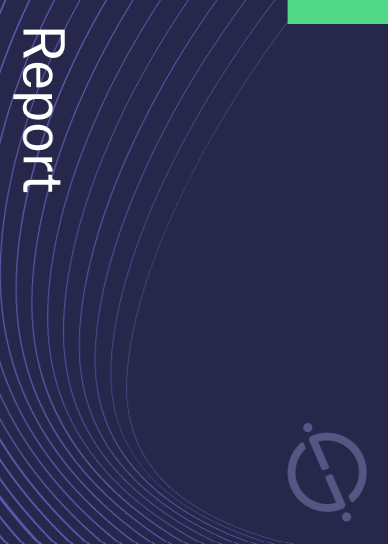Ipsen has been granted a patent for 1,5-benzothiazepine derivatives that act as bile acid modulators, inhibiting the apical sodium-dependent bile acid transporter (ASBT) and/or liver bile acid transport (LBAT). These compounds can be used in the treatment of cardiovascular diseases, fatty acid metabolism and glucose utilization disorders, gastrointestinal diseases, and liver diseases. A method for treating a disease or disorder in a subject involves administering a therapeutically effective amount of a compound of formula (I). GlobalData’s report on Ipsen gives a 360-degree view of the company including its patenting strategy. Buy the report here.

Discover B2B Marketing That Performs
Combine business intelligence and editorial excellence to reach engaged professionals across 36 leading media platforms.
According to GlobalData’s company profile on Ipsen, Cancer treatment biomarkers was a key innovation area identified from patents. Ipsen's grant share as of September 2023 was 47%. Grant share is based on the ratio of number of grants to total number of patents.
A recently granted patent (Publication Number: US11773071B2) discloses a method for treating liver diseases and disorders in a subject by administering a therapeutically effective amount of a specific compound. The compound, represented by formula (I), has shown potential in treating various liver conditions, including cholestasis, progressive familial intrahepatic cholestasis (PFIC), Alagille syndrome, biliary atresia, pruritus due to cholestasis, primary biliary cirrhosis (PBC), primary sclerosing cholangitis (PSC), liver fibrosis, non-alcoholic fatty liver disease (NAFLD), and non-alcoholic steatohepatitis (NASH).
Cholestasis, a condition characterized by impaired bile flow, is a primary focus of the method described in the patent. However, the compound of formula (I) has also demonstrated potential in treating other liver diseases and disorders such as PFIC, Alagille syndrome, biliary atresia, and pruritus due to cholestasis. Additionally, the method may be applicable to diabetes-related diseases such as insulin resistance, hyperglycemia, hyperinsulinemia, elevated blood levels of fatty acids or glycerol, obesity, dyslipidemia, and hyperlipidemia.
The patent provides specific details about the compound, including variations in its chemical structure. For example, the compound can have different substituents at specific positions, such as R1, R2, R3, R4, R5A, and R5B. The patent also lists various specific compounds falling under formula (I), which have shown efficacy in treating the mentioned liver diseases and disorders.
Overall, this granted patent presents a method for treating liver diseases and disorders, particularly cholestasis, using a specific compound. The method has potential applications in various liver conditions and diabetes-related diseases. The compound's chemical structure and variations are described in detail, along with specific compounds falling under the formula. This patent provides valuable insights for researchers and pharmaceutical companies working on developing treatments for liver diseases and related conditions.
To know more about GlobalData’s detailed insights on Ipsen, buy the report here.
Data Insights
From

The gold standard of business intelligence.
Blending expert knowledge with cutting-edge technology, GlobalData’s unrivalled proprietary data will enable you to decode what’s happening in your market. You can make better informed decisions and gain a future-proof advantage over your competitors.




